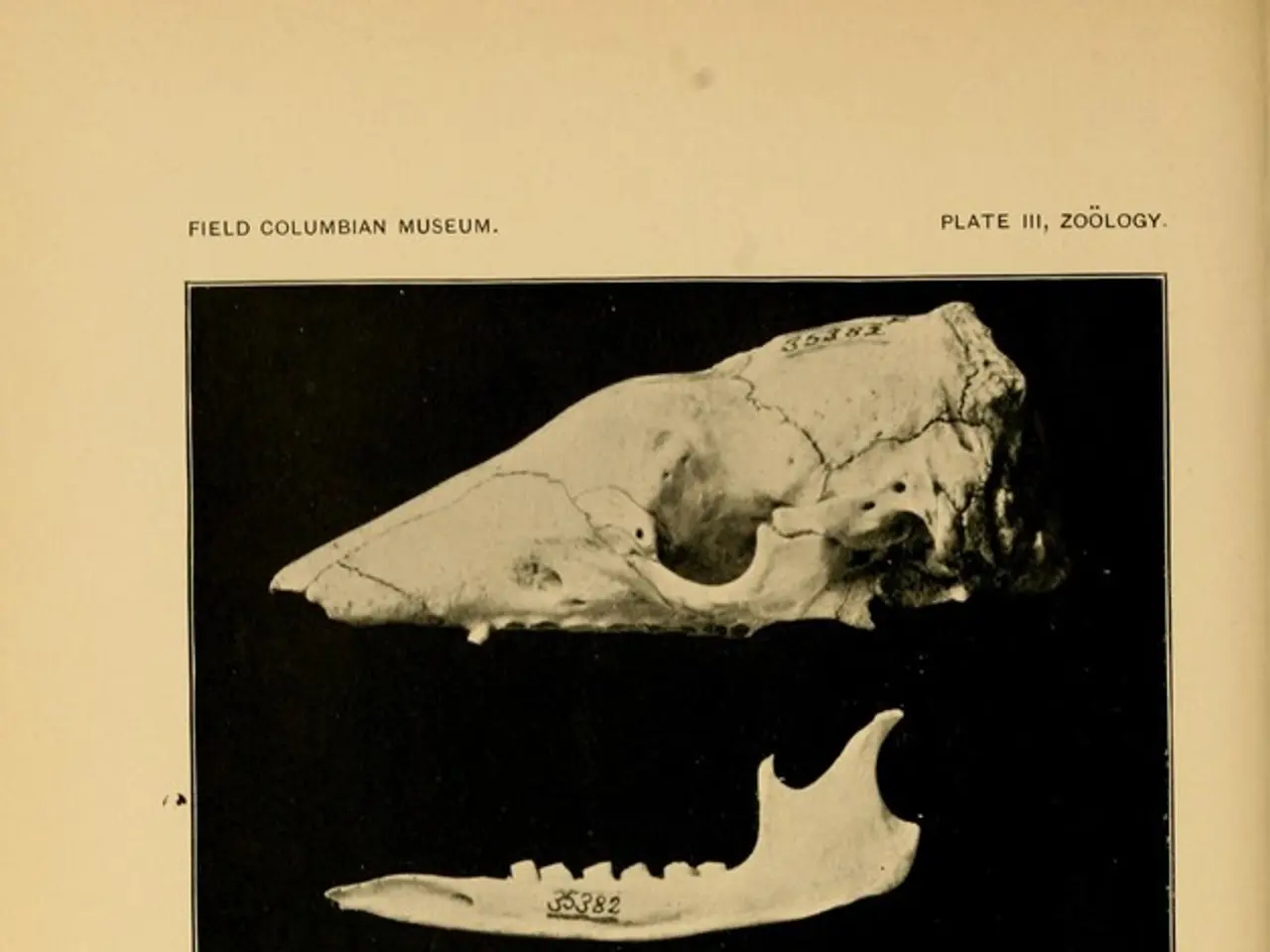Struggling with a rocky start, elderly Palisades evacuees find a tentative respite following their displacement
Losing Home, Finding Community: Older Adults Adapt to Retirement Living After Fire Disaster
Steve Lopez, a California native and columnist for our website since 2001, has chronicled the stories of older adults who have been displaced by fires, such as the Pacific Palisades fire. These individuals often find temporary or longer-term solutions in senior housing or retirement communities.
Bill and Renee, a couple who moved to Avocet after their ocean-view Palisades home of 54 years became too much to maintain, are among those who have sought refuge in such communities. Their house survived the fire, but they have chosen not to return to Pacific Palisades.
Avocet, located in Playa Vista, offers a unique living experience. Residents enjoy daily video lectures by experts on various subjects, and the atmosphere feels akin to a grand resort or a luxury cruise ship. Joe and Arline, new residents of Avocet, have adapted to their new living situation, finding enjoyment in activities such as going to the gym, taking up pickleball, and shopping within walking distance.
However, the transition to communal living can be emotionally challenging. Joe mentioned that the constant sociability can be exhausting. Arline, on the other hand, feels differently now, five months after moving in. She appreciates the warm and friendly community at Avocet and feels content with their lovely apartment.
Janet H., a retired teacher who has been living at Avocet for some time, considers it a place that saved her life. She is particularly happy about never having to cook again. Bill Klein, a former UCLA law professor, has also found enjoyment in using the gym and swimming pool at Avocet. Initially reluctant to move to a retirement community, Bill has come to appreciate the close company of good friends at a time of loss and rebirth.
Avocet offers both independent and assisted living with on-site care, a rooftop swimming pool, fitness center, bar, movie theater, and daily meals. The neighbourhood surrounding Avocet is ethnically and generationally diverse, with neighbours walking to stores, restaurants, and parks. A woman of 98 years old and her husband, who recently turned 100, were seen strolling around Avocet during a visit.
While these retirement communities provide critical shelter and support for elderly residents, they also come with their own set of challenges. The forced transition can be emotionally difficult, as it represents a major lifestyle adjustment following the trauma of losing a home and possessions. Additionally, such communities may rely on ongoing remediation efforts to mitigate environmental hazards from the fire aftermath, creating temporary disruptions and uncertainties for residents.
Despite these challenges, many residents find comfort in the support networks and structured living environment that these communities offer. Janet appreciates the on-site care and the daily comfort provided by caring neighbours and staff. For Bill, the library off the lobby, stocked with books on various subjects, has been a source of solace and entertainment.
As the broader recovery context underscores, many wildfire survivors remain displaced months after the events due to slow insurance claims and rebuilding delays. Efforts by state and local authorities aim to support displaced families, including elderly residents, by expanding access to stable housing options.
In summary, older adults moving into retirement communities after losing homes in fires often experience mixed outcomes: they gain immediate shelter and support but must adjust to communal living and ongoing environmental and recovery challenges. These communities differ from independent living primarily in the level of support and autonomy, each presenting unique benefits and drawbacks in the post-disaster context.
[1] Source for challenges faced by older adults in retirement communities [2] Source for the description of Avocet [3] Source for the impact of wildfire smoke and ash on recovery [4] Source for the ongoing displacement of wildfire survivors [5] Source for the allocation of funds for rebuilding affordable multifamily rental housing
- The transition to retirement communities can be emotionally challenging for older adults, as these communities present a major lifestyle adjustment following loss, representing both benefits and drawbacks in the post-disaster context.
- Avocet, located in Playa Vista, offers a unique living experience with daily video lectures on various subjects, a rooftop swimming pool, fitness center, bar, movie theater, and daily meals, as well as independent and assisted living with on-site care.
- Efforts are being made by state and local authorities to support displaced families, including elderly residents, by expanding access to stable housing options, aimed at addressing the ongoing displacement of wildfire survivors.
- In California, retirement communities provide critical shelter and support for elderly residents, but they also rely on ongoing remediation efforts to mitigate environmental hazards from the fire aftermath, creating temporary disruptions and uncertainties for residents.
- Apart from dealing with emotional challenges and environmental hazards, older adults in retirement communities have expressed happiness about amenities such as the library-stocking books on various subjects, which has been a source of solace and entertainment for some residents.
- While sources for research on challenges faced by older adults in retirement communities, the description of Avocet, the impact of wildfire smoke and ash on recovery, and cases demonstrating ongoing displacement of wildfire survivors may be found throughout various news articles, academic journals, and firsthand accounts by the affected individuals themselves, sources for the allocation of funds for rebuilding affordable multifamily rental housing could be located in reports and press releases published by state and local government agencies.




